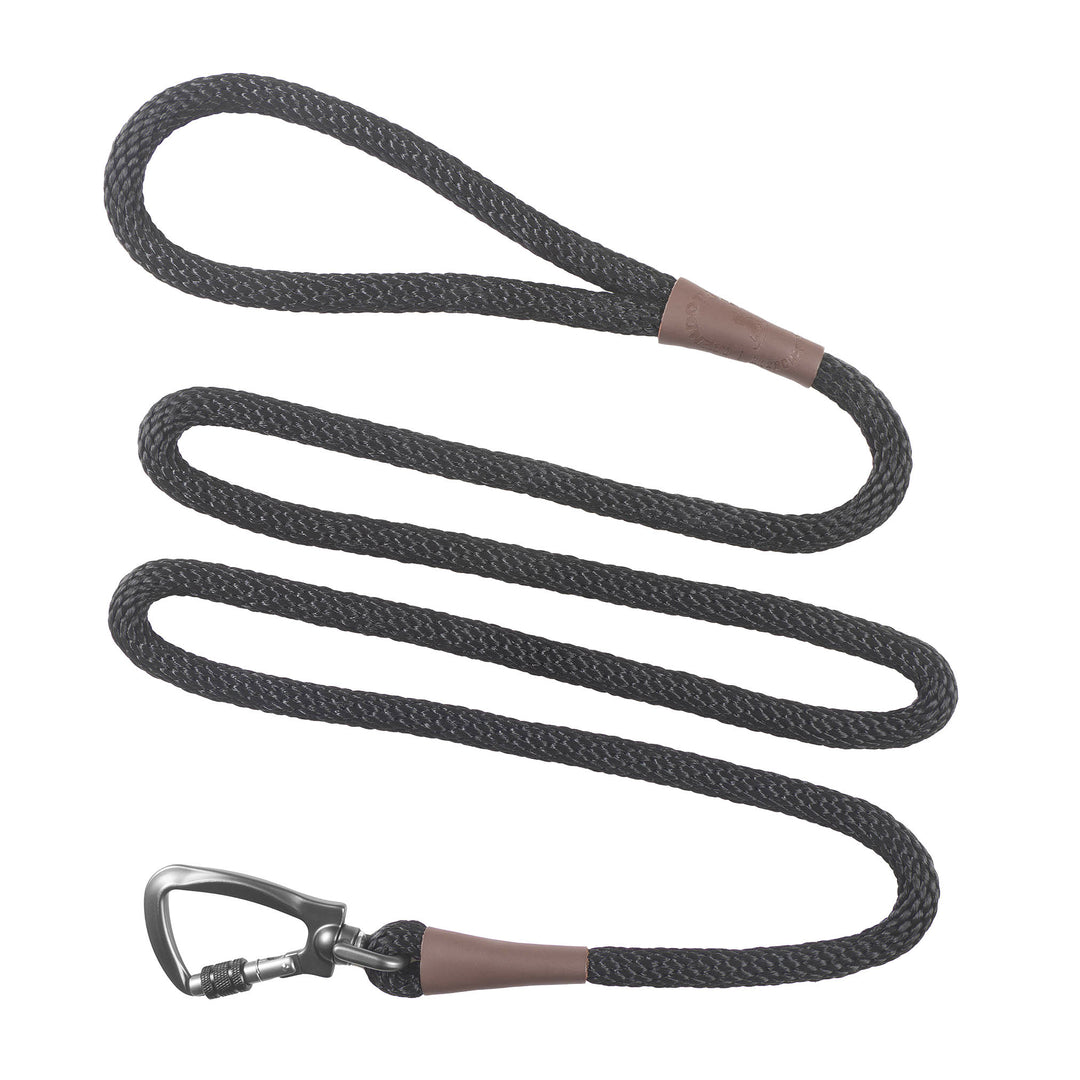The Danger of Heartworms (And Why You Should Always Vaccinate Your Pets)
What is a Heartworm, exactly, and what does it do?
Heartworm is a parasitic little fella called Dirofilaria immitis, transmitted to your dog through mosquito bites (as if you needed any more evidence that mosquitos are the worst). The mosquito picks it up by biting a dog already infected with Heartworm; the female worms actually flood the infected dog’s bloodstream with little larvae, and that’s what the ‘skeeter sucks up along with blood. But here’s the kicker – those little proto-worms (called microfilariae) actually mature into infective larvae inside their airborne host over about two weeks, and those larvae are transmitted when a mosquito bites another dog. Those larvae grow up, mate, and start the cycle all over again. Just like it says on the tin, Heartworms live in an animal’s heart, lungs and blood vessels, and resemble cooked spaghetti (sorry for that mental image!). Heartworm can cause heart failure, lung disease, organ damage and death in an affected animal. Heartworms can live inside a dog for 5-7 years, and an infected dog can have anywhere between 15-250 worms!
How is a dog tested for Heartworm and when should a dog be tested?
All you need to find out if your dog has heartworm is a blood test! That’s it!
There are two tests: one tests the blood for an antigen (heartworm proteins) released by females into the bloodstream, and in most cases heartworm can be accurately identified by this test. However the earliest it can be detected is about 5 months after infection, because that’s roughly how long it takes the larvae to mature into adult worms. Another test is for the detection of microfilariae, which is indicative of heartworm infection because only adult heartworms can produce them. Detection for this one can be done, at the earliest, 6 months after a dog is bitten by a mosquito (for worm maturation and mating purposes).
A dog should be tested depending on a number of factors, such as:
How old it was/is when heartworm prevention was begun
If the owner forgot to give heartworm prevention and for how long
If the dog switches from one type of prevention to another
If the dog travelled recently to an area where heartworm is more common
The length of heartworm season in the area where the dog lives
Dogs who are 7 months or older should be tested for worms before starting any prevention; remember, a dog may look healthy on the outside, but may be teeming with worms on the inside. They must be tested before starting, because heartworm prevention medicines don’t actually kill adult heartworms, and giving prevention to a dog with adult heartworms can kill the microfilariae and trigger a shock-like reaction and possible death for the dog. Like it says in the name, prevention medications are meant to prevent the initial infection of worms, not kill ones already there.
What are the Symptoms?
The severity of symptoms correlates to the amount of worms in the body, the amount of time the dog has been infected, and how active it has been (accordingly, the more worms, longer infection time, and higher the rate of activity is, the more obvious the symptoms will be).
There are 4 classes of infection. The higher the class, the worse the disease and more obvious the signs.
- Class 1: No symptoms or mild symptoms such as an occasional cough.
- Class 2: Mild to moderate symptoms such as an occasional cough and tiredness after moderate activity.
- Class 3: General loss of body condition, a persistent cough, and tiredness after mild activity. Trouble breathing and signs of heart failure are common. For class 2 and 3 heartworm disease, heart and lung changes are usually seen on chest x-rays.
- Class 4: Also called Caval syndrome. There is such a heavy worm presence that blood flowing back to the heart is physically blocked by a large mass of worms. Caval syndrome is life-threatening and quick surgical removal of the heartworms is the only treatment option. The surgery is risky, and even with surgery, most dogs die.
Is there a Treatment for infection?
You bet!
Melarsomine dihydrochloride (available under the trade names Immiticide and Diroban) is an arsenic-containing drug that is FDA-approved to kill adult heartworms in dogs. It's given by deep injection into the back muscles to treat dogs with stabilized class 1, 2, and 3 heartworm disease. Another drug, Advantage Multi for Dogs (imidacloprid and moxidectin), is FDA-approved to get rid of microfilariae in the dog’s bloodstream. Instead of an injection, a topical solution is applied to the dog’s skin. So, the best and most
Treatment for heartworm disease is not easy on the dog or on the owner’s pocket book. Treatment can be potentially toxic to the dog’s body and can cause serious complications, such as life-threatening blood clots to the dog’s lungs. Treatment is expensive because it requires multiple visits to the veterinarian, bloodwork, x-rays, hospitalization, and a series of injections. So the best and most cost effective choice is just to prevent from the get-go!
Thanks to:
The FDA at fda.gov
Photo by Jamie Street on Unsplash
























